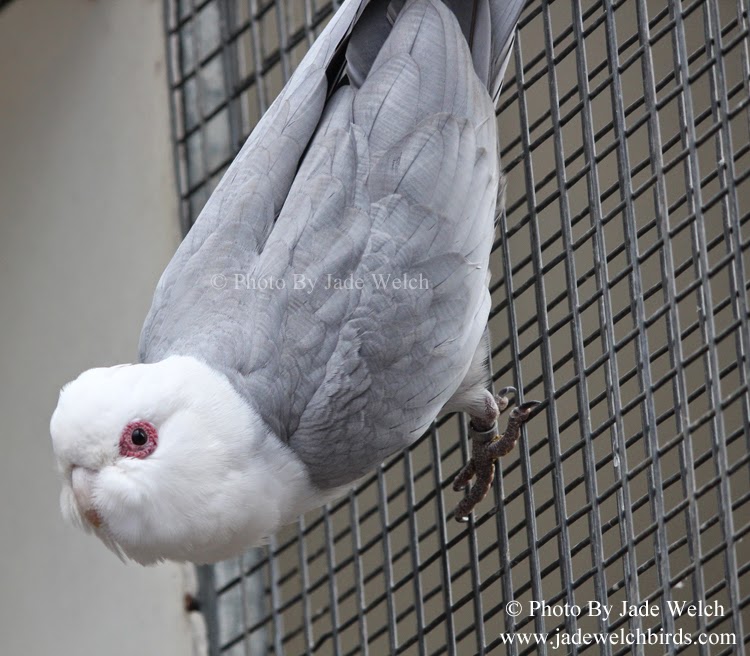
They breed in remote southwest Tasmania and migrate to the coast of southern mainland Australia in winter. It is one of only three parrot species in Australia that migrate (the others are the Swift parrot and the Blue-winged parrot). When the molecular evidence is analysed in concert with morphology, it is clear that many of the cockatoo species’ diagnostic phenotypic traits such as plumage colour, body size, wing shape and bill morphology have evolved in parallel or convergently across lineages. The orange-bellied parrot is one of the most threatened parrots in Australia, with only 118 birds recorded in 2020. A detailed multi-locus molecular phylogeny enabled us to resolve the phylogenetic placements of the Palm Cockatoo (Probosciger aterrimus), Galah (Eolophus roseicapillus), Gang-gang Cockatoo (Callocephalon fimbriatum) and Cockatiel (Nymphicus hollandicus), which have historically been difficult to place within Cacatuidae. We hypothesize that this environmen- tal transformation was a driving force behind the diversification of cockatoos. The early to middle Miocene (20–10 Ma) was a significant period in the evolution of modern Australian environments and vegetation, in which a transformation from mainly mesic to xeric habitats (e.g., fire-adapted sclerophyll vegetation and grasslands) occurred. Our data shows Cacatuidae began to diversify approximately 27.9 Ma (95% CI 38.1–18.3 Ma) during the Oligocene. In addition, five novel mitochondrial genomes were used to estimate time of divergence and our estimates indicate Cacatuidae diverged from Psittacidae approximately 40.7 million years ago (95% CI 51.6–30.3 Ma) during the Eocene.



We investigated the phylogeny of cockatoos based on three mitochon- drial and three nuclear DNA genes obtained from 16 of 21 species of Cacatuidae. However, the evolutionary history of cockatoos is not well understood. Cockatoos are the distinctive family Cacatuidae, a major lineage of the order of parrots (Psittaciformes) and distributed throughout the Australasian region of the world.


 0 kommentar(er)
0 kommentar(er)
